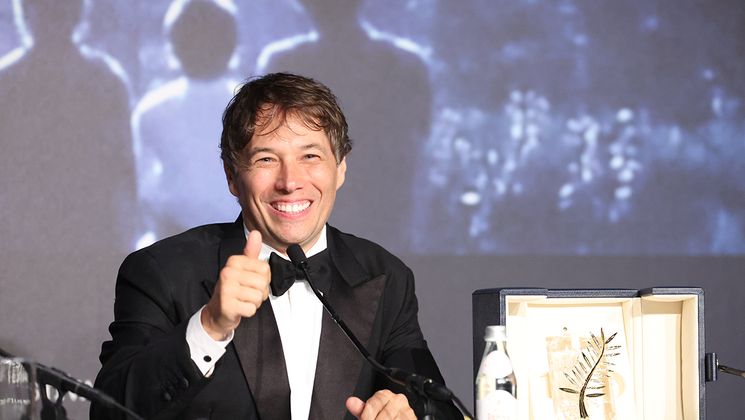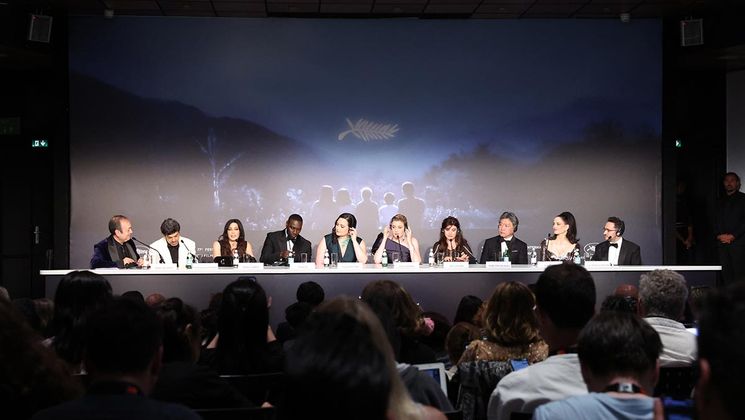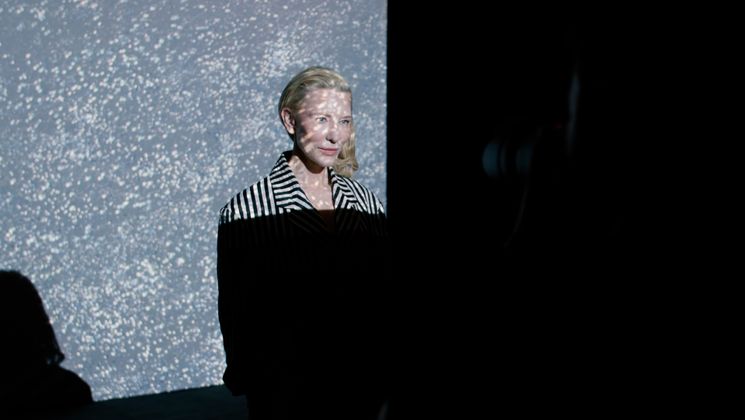
Jessica Palud delves into the turbulent life of Maria Schneider

From her beginnings in film to her fight for consent on sets, including the abuse she suffered during the filming of Last Tango in Paris, filmmaker Jessica Palud tells the story of how the film industry upended the life of Maria Schneider in Maria, a film presented at Cannes Première.
Why did you choose to focus on Maria Schneider?
I started my career on film sets at 19 years old, as an assistant director for The Dreamers, a film by Bernardo Bertolucci. I learned about what happened on Last Tango in Paris and always wondered how something like that could have come about. It stayed with me for years. Then, when Vanessa Schneider’s book came out, I was deeply moved by Maria’s story.
What about it struck you in particular?
She was one of the first women to speak out about the problems on film sets, but no one listened to her. There was something about her message that felt very contemporary. In the film, the things she says in the interviews are really her words.
Did you need to do a lot of research?
Yes. It was important to me to cross-check everything to be able to bring out her truth. One of my sources worked on Last Tango. She was very valuable for ascertaining what was real, her feelings, and everything that happened on set. I also got hold of the original script that had been annotated by the script supervisor. I was able to see all the irregularities and issues for myself.
.
“ For Maria to finally be heard, Anamaria's performance had to be very powerful. ”
The turning point in her life was that scene from Last Tango. Was it a natural choice to also make it the turning point of the film?
Yes. I didn’t want to make a film from when she was five years old until her death; I wanted to focus on before and after the filming of Last Tango. I only wanted to show key scenes from her life, especially those that led her into film, and then tell the consequences of this turning point. It’s a film constructed in ellipses, where we experience very intense moments in her life. It’s a very pared-back film.
How did you work with Anamaria Vartolomei?
We spent a lot of time together and rehearsed for months. I think it was an extremely difficult role for her because we delved into such raw emotion. I wanted her to know Maria inside and out. I also wanted her to know the script by heart to free herself from the lines.
.
She’s in every shot…
For me, the main objective of this film was to be truthful in the story I was telling. Then, it was about “succeeding” Maria because it’s very much a frontal portrait: we’re in her breath and her body. The aim of this film was to hear Maria’s voice, and for that, we needed to completely believe in the actress who was going to portray her. For Maria to finally be heard, her performance had to be very powerful.
Can you tell us more about the direction?
For this aspect, I looked to Nan Goldin for reference. Her world seemed similar to that of the film. I wanted the imagery to be raw yet sophisticated. When it came to composing the shots, I wanted to cut to the chase and focus on what she was saying, to put the spotlight on the actress and encourage the audience to stay with her.


